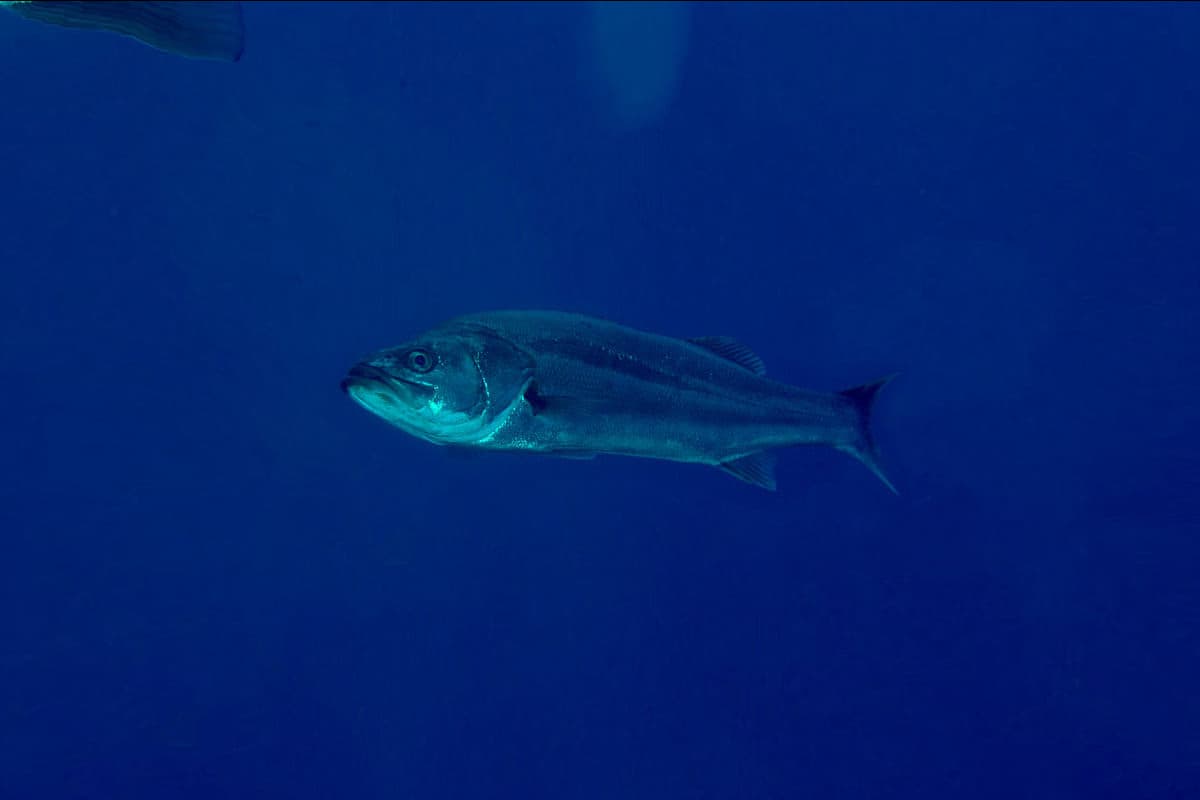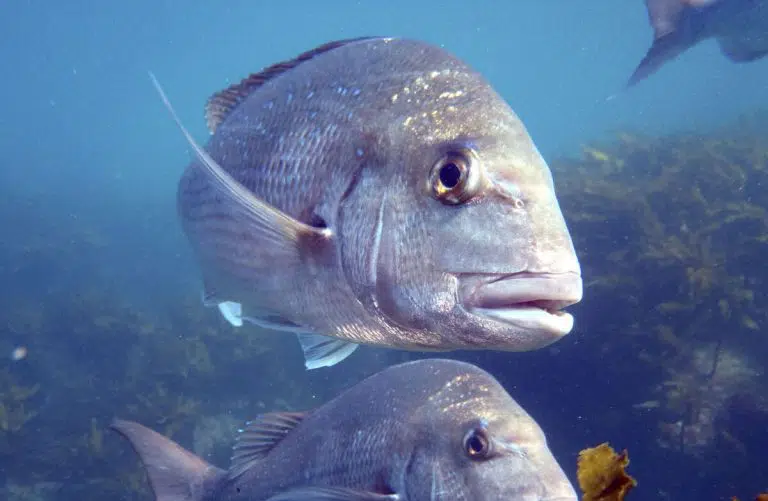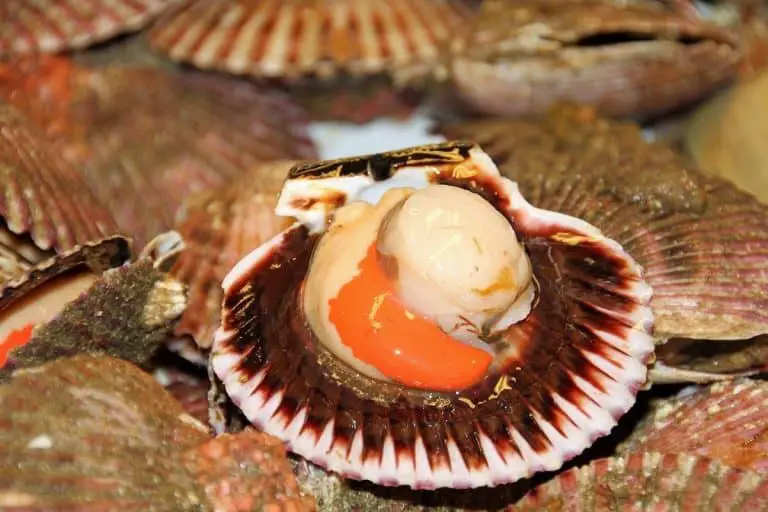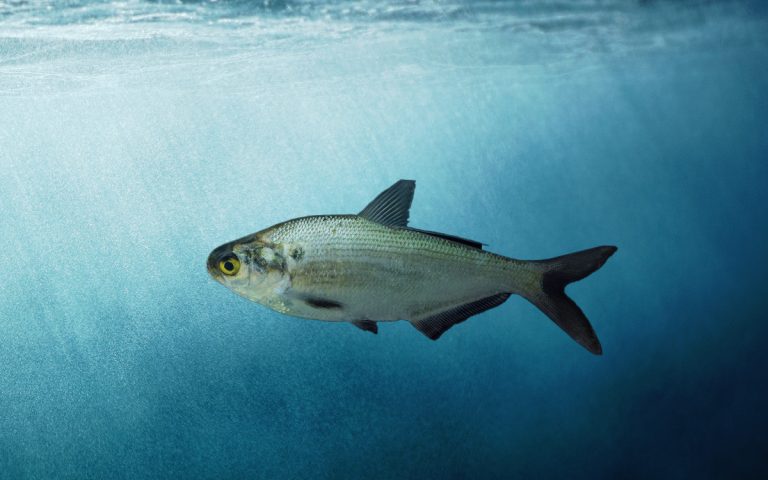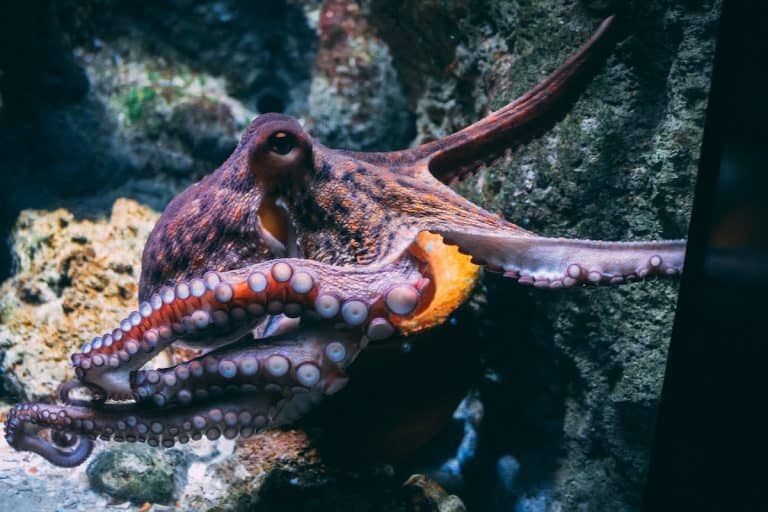Source: Wild, Farmed
Mercury Risk: Unknown (Japanese sea bass), Low (Farmed striped bass)
Suzuki fish (or Japanese Sea Bass) is a classic sushi option that is lauded in Japan but somewhat uncommon in the United States. This fish can be found in upscale establishments, but it cannot be considered a staple of the U.S. sushi industry.
While English speakers use the term “sea bass” to refer to many different types of fish, the word suzuki actually has a very precise definition—it refers to the highly sought-after Japanese sea bass, Lateolabrax japonicus. From time to time, one might see the term translated as “sea perch.”
Some suzuki fish is taken from wild stocks, and some is raised in farms. Fishery locations range from inshore reefs off southern Japan to the northern beaches of Australia; the farms are mainly in Japan and China.
Not much is known about the strengths of various suzuki fish stocks. The Japanese sea bass matures quickly and spawns in large numbers, which would suggest an innate resilience to fishing pressure. It is interesting to note, however, that the Japanese sea bass is born male and metamorphoses into a female around age two or three. Fish exhibiting this kind of behavior are particularly vulnerable to fishing operations that target specimens of a certain size or age.
What are the different types of Japanese Sea Bass?
With this in mind, it is interesting to note that different sizes of suzuki fish are actually known by different names in many parts of Japan. A relatively comprehensive list of these names is as follows:
| under 30cm | Hane (Hanego) |
| from 30 to 50cm | Seigo |
| from 50 to 70cm | Hukko |
| from 70 to 90cm | Suzuki |
| over 90cm | Nyudo |
Naming systems like this often coincide with market value falling heavily on a certain age class, as is the case with kohada. Age-based differentiation in the market place compounded with inherent qualities that may raise the vulnerability of this fish (in this case, its hermaphrodism) is a good reason to sound an alarm bell.
Is suzuki a sustainable fish?
Suzuki farms also give us cause for pause. Historically, many of these farms have depended on “trash fish”—small fish from unmanaged fisheries in local waters—for feed. Luckily, it seems like a relatively small amount of feed is needed for suzuki fish production.
For suzuki lovers, there is a good alternative to Japanese sea bass. A number of farms in the United States are raising hybridized striped bass (Morone saxatilis crossed with Morone chrysops), both in ponds and in closed containment tanks. Rearing these fish requires relatively low levels of marine resources compared to what is needed to farm other species, such as Atlantic salmon or bluefin tuna. Moreover, these hybrids pose no serious threat to local environments in terms of escapees or disease transfer; the tank-raised fish are an especially good choice.
There are other types of “sea bass” that find their way into U.S. sushi restaurants as well. In summary, the conscientious sushi eater’s priorities should be as follows:
U.S. farm-raised hybridized striped bass is an excellent choice. They don’t require a great deal of fish meal and do not endanger local ecosystems or surrounding fish populations.
Wild suzuki from Asia is potentially a decent option, but there are concerns. It is difficult to assess fishery health due to a general lack of science and records, especially in the fish’s southern habitats. While the innate qualities of L. japonicus likely provide some protection from fishing pressure, it’s probably better to choose the U.S. farmed product until more is known about the Asian fisheries.
Farmed suzuki from Asia is not well understood. It is often referred to as tairiku-suzuki, which may or may not be L. japonicus. It seems that most of the fish are raised in hatcheries and thus are not directly taken from wild stocks, but little is known about the interchange between the farms and their surrounding environment.
Casson Trenor
Casson Trenor is a frequent commentator on sustainable seafood issues. He has been featured in regional, national, and international media outlets, including CNN, NPR, Forbes, New York Times, Boston Globe, Christian Science Monitor, San Francisco Chronicle, Los Angeles Times, Seattle Times.

